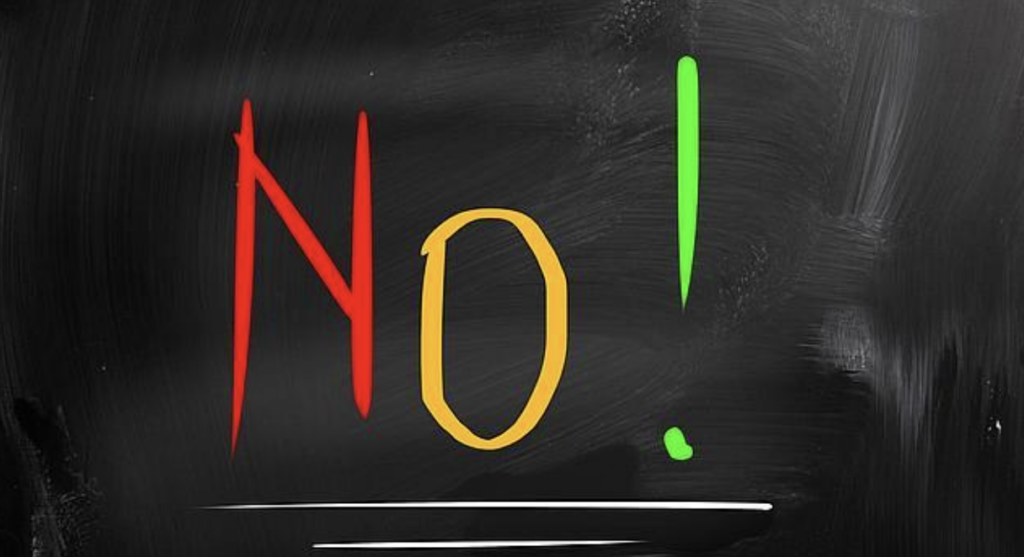Cefne Blog

The Ability to Say No
As Steve Jobs said: “The ability to say NO is incredibly difficult but it’s the most effective way to remain […]

Discovering the Client’s Needs and Propose your Products/Services
This part is fundamental, nobody buys for buying’s sake if it is not to satisfy some need. When we decide […]